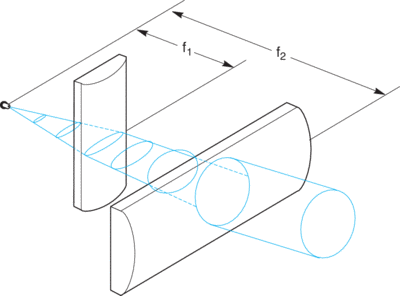- Joined
- Dec 30, 2016
- Messages
- 1,409
- Points
- 0

Follow along with the video below to see how to install our site as a web app on your home screen.
Note: This feature may not be available in some browsers.




Alaskan is it just me or has what you have to say just got much more interesting for some unknown reason ???In general, the smaller the emitter, the lower the divergence. Just a matter of the ratio of expansion relative to the active emitter diameter. If you had an infinitely small point source I believe the divergence would approach zero, after expansion and collimation. Then only the properties of the optics cause the limitation, or limits the ability to produce a perfectly collimated beam..
In general, the smaller the emitter, the lower the divergence. Just a matter of the ratio of expansion relative to the active emitter diameter. If you had an infinitely small point source I believe the divergence would approach zero, after expansion and collimation.



Alaskan is it just me or has what you have to say just got much more interesting for some unknown reason ???
:crackup::crackup::crackup: IE (avitar)
Alaskan is it just me or has what you have to say just got much more interesting for some unknown reason ???
:crackup::crackup::crackup: IE (avitar)
The thing is with the 44 the fast axis after expansion and collimation is still expanding while the slow axis is now collimated, So couldn't a additional single cylindrical lens be place on the still expanding fast axis to then finish collimating the fast axis so it would be similar to the slow axis ?
Ideally one would choose cylindrical lenses that compensate for expansion as quickly as each axis expands. Adding another lens would have to do that. But no matter what you do a beam of light still expands, that is the nature of light.

